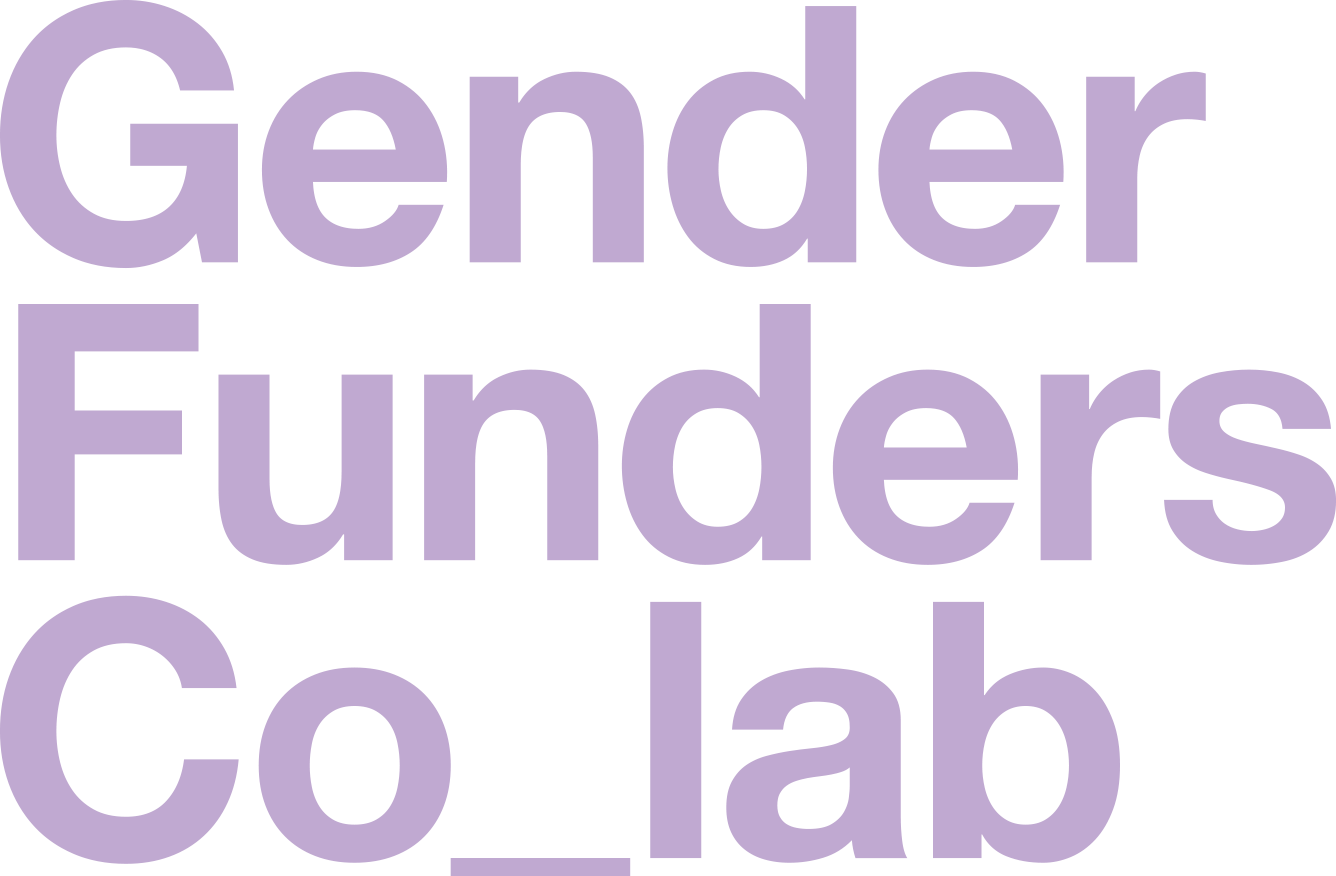Why Movement Building and Philanthropy?
Women’s rights and feminist movements are at the forefront of social change in every region around the world. Yet the ways in which they organize – sometimes outside of formal institutions, often across issues and regions, and always in response to their specific contexts – is rarely matched by typical philanthropic grants.
From a survey we conducted with 70 groups and funds supported by our members, we learned that 60% of their time is spent engaging in movement-building work. One of the most resounding findings is the high rate of collaboration across movements. This is trend extends beyond women’s rights and feminist organizing. Paul Hawken describes in his 2007 book, Blessed Unrest, high levels of collaboration marks a “growing global movement to create a healthy, humane world—work that is happening not under a single banner, but by millions of unaffiliated individuals and groups around the world.”
Cross-issue organizing reflects the complexity of people’s actual lives, highlights the interrelation between feminist social change and many other social issues, and points to the clear need for support and funding that is not confined to a single sector.
Just as they cited many promising strategies to advance movement building, survey respondents also identified significant barriers they face.
Top 5 barriers to engaging in more movement-building work
Philanthropy’s role in resourcing movement building
Movement building support requires that funders be both more responsive and more strategic in their grantmaking. The following recommendations represent the top strategies for funders to support and strengthen movement building for the rights of women, girls, and trans people.
Recommendations for funders:
Provide flexible, core support and multi-year grants. Listed by 73% of respondents, this is the single most consistent recommendation for funders. Core and multi-year resources enable organizations to participate more fully in movement-building activities.
Center women’s rights as a key strategy to achieve social change objectives. Understand how gender intersects with the core mission of your organization and explicitly prioritize leadership by women, girls, and trans people in allied movements. Fund and make the case for supporting women’s rights and feminist organizing as a part of all social change grants programs.
Be an advocate. Identify funding spaces where you can advocate for more and better funding for women’s rights and feminist movements, including in non-gender-specific portfolios in your own institution, with peer funders, and in bilateral and other government fora. Work toward breaking down issue-based silos.
Fund the long-term and informal work of movement building, such as convenings, networks, and cross-regional and cross-issue learning exchanges. Support groups whose collaborations extend beyond their single organizations. Where movements identify the need, facilitate capacity building and other forms of leadership strengthening that can contribute to the longevity of movements.
Read our report:
This report aims to spark dialogue about how foundations can responsibly, effectively, and meaningfully support movement building that advances the rights of women, girls, and trans people.


